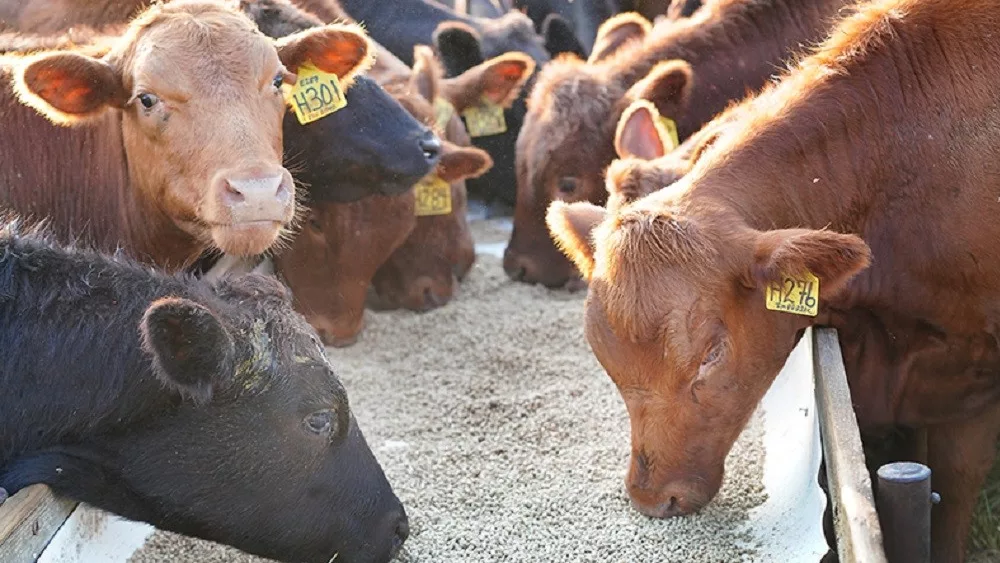
During the Michigan Wheat Program’s Virtual Field Day, Dr. Christy Sprague, weed specialist with MSU Extension, shared her research on roughstalk bluegrass in Michigan. It’s a perennial, cool-season grass species that’s traditionally been a problem in turf grass and hay. So what do growers need to look for?
“One of the things that it has very long, pointed ligules that are membranous,” said Sprague. “Another thing that’s very characteristic of roughstalk bluegrass is it has a very rough leaf sheath.”
Sprague added that it can grow to about 1 to 3 feet tall, often poking above the wheat heads. There are a few characteristics that differentiate it from annual bluegrass.
“What we usually see with annual bluegrass is it’s usually growing lower to the ground [and it] often grows in clumps,” she said. “Another key characteristic is it has a boat-shaped leaf tip. The ligule is also membranous, but it’s more rounded than what we would see with roughstalk bluegrass. It does have a smooth leaf sheaf.”
One of the things Sprague and her researchers have learned throughout the three years of research is that it’s a fall-emerging weed species.
“A lot of times we’ll see it coming uo about the same time as winter wheat, however, unlike some of our other grass species, we do see some spring emergence that can change some of the management techniques,” she added.
After it emerges, it can progress quickly in a short amount of time in warm weather. In the fields roughstalk bluegrass has been found in, it’s a prevalent species at high densities.
“When we’ve done some yield work, roughstalk bluegrass can actually reduce yield up to 50 percent,” said Sprague.
If it is in your fields, Sprague says some of your best herbicides would be Osprey, Osprey Xtra, or Axial XL/Axial Bold.
More resources are available here.





